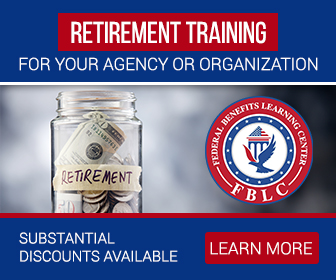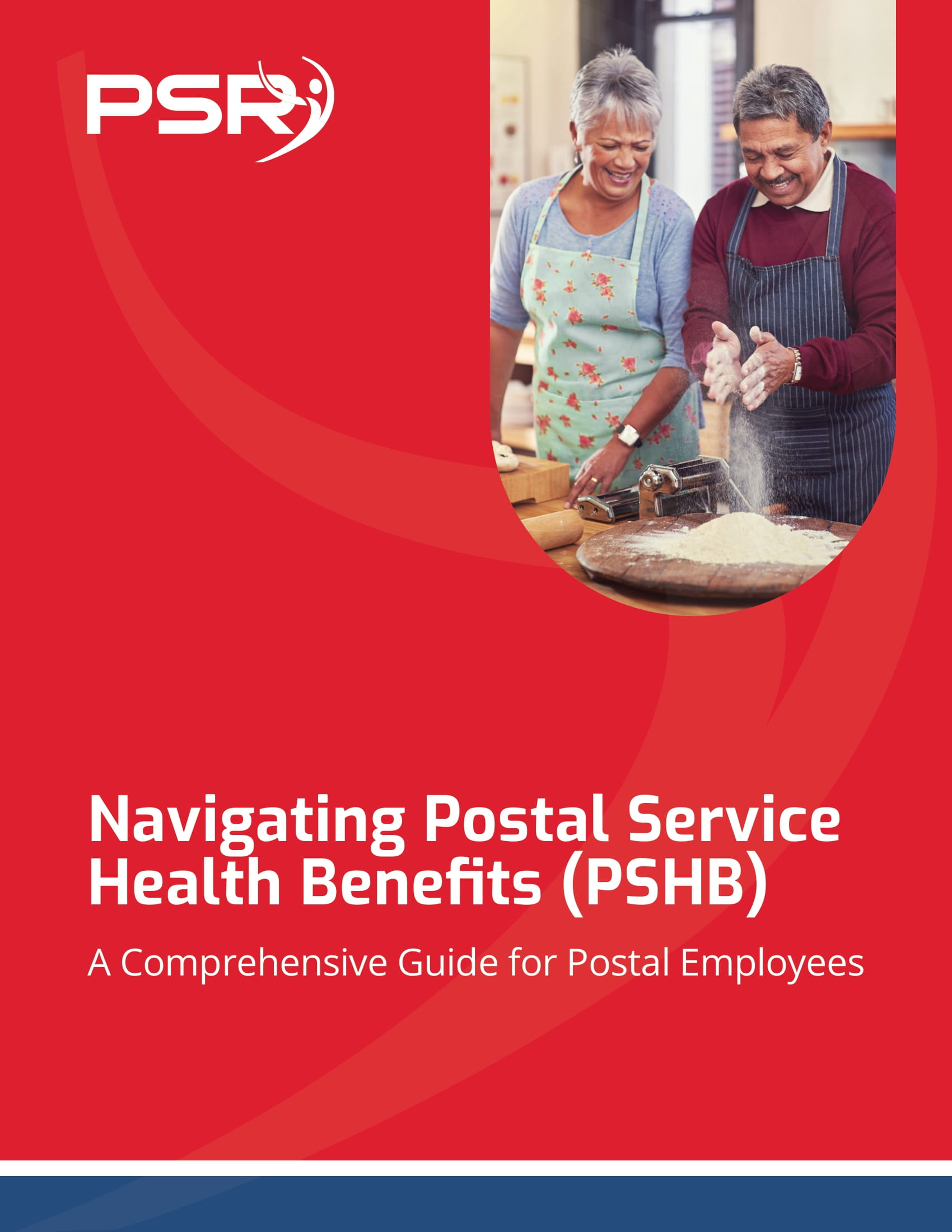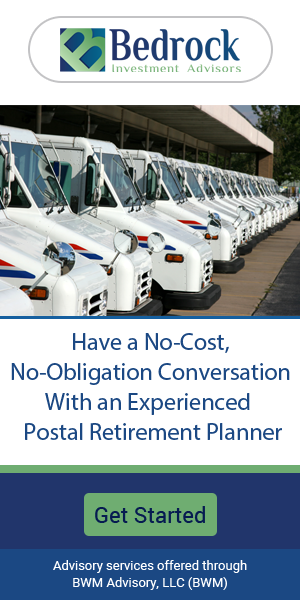Key Takeaways:
- There are several ways to withdraw from your Thrift Savings Plan (TSP) without triggering the usual early withdrawal penalties.
- Planning the timing and strategy of your TSP withdrawals can help you avoid penalty fees and make the most of your retirement savings.
Avoiding Penalties: What Federal Workers Need to Know About TSP Withdrawals
- Also Read: FAA, Law Enforcement, and Special Federal Employee Categories—Here’s What Makes Their Retirement Unique
- Also Read: Blending Private and Public Sector Retirement Plans Is Complicated—Here’s Where Couples Get It Wrong
- Also Read: The Silent Shift in Postal Service Retirement Benefits That Could Change Everything by 2026
Early Withdrawal Penalty Basics
Generally, if you withdraw from your TSP before age 59½, you’ll face a 10% early withdrawal penalty on top of the usual income taxes. However, there are certain situations and strategies that allow federal employees to bypass this penalty. Let’s dive into these methods so you can make informed decisions when planning your withdrawals.
1. Withdraw at the Right Age: Age 59½ and Over
The simplest way to avoid penalties is to wait until you reach 59½ before withdrawing from your TSP. Once you hit this age, you’re in the clear to withdraw without incurring the additional 10% early withdrawal penalty, though you’ll still need to pay income taxes on the funds withdrawn.
If you plan to retire before reaching 59½, there are still several strategies to avoid penalties. Let’s look at these next.
2. The Age 55 Rule: For Those Retiring Early
Federal employees who retire (or separate from federal service) in the year they turn 55 or older qualify for an exception to the early withdrawal penalty. This is known as the “Age 55 Rule.” If you plan to retire at age 55 or beyond, you can access your TSP funds without the 10% penalty. Note that while this age limit is 55 for most federal employees, for special categories like law enforcement officers, firefighters, and air traffic controllers, it’s 50.
Remember, this exception only applies if you’re retiring or separating from federal service. If you simply leave your TSP account after a job change, this rule won’t apply.
3. Substantially Equal Periodic Payments (SEPP): Strategy for Long-Term Withdrawals
If you want to start withdrawals before age 59½ without penalty and don’t qualify for the Age 55 Rule, there’s still an option. You can use what’s called a Substantially Equal Periodic Payment (SEPP) plan, which involves setting up a series of consistent withdrawals over a minimum of five years or until you reach 59½, whichever comes later.
SEPP withdrawals are calculated using specific IRS-approved methods. Keep in mind, though, that if you alter the payment schedule before meeting the requirements, you’ll be hit with retroactive penalties and interest. SEPP is an option worth considering if you want access to your TSP funds before age 59½ but require a structured withdrawal plan.
4. Roth TSP Withdrawals: Tax-Advantaged, but with Conditions
If you have a Roth TSP account, withdrawals can be tax-free if you meet certain conditions, including being over 59½ and having held the account for at least five years. Unlike a traditional TSP, where withdrawals are subject to income tax, Roth TSP withdrawals are typically tax-free.
However, to access the Roth portion without penalties, you’ll need to ensure both conditions are met. If you withdraw early, you might still face the 10% penalty on the earnings portion, though not on your initial contributions. This is a handy strategy for minimizing taxes, especially if you’ve had a Roth TSP for many years.
5. Catching the “Required Minimum Distributions” at 73
Once you turn 73, Required Minimum Distributions (RMDs) kick in, meaning you must begin withdrawing from your TSP or risk penalties. Missing RMDs triggers a penalty of 25% on the amount not withdrawn, which can be reduced to 10% if corrected promptly. While RMDs don’t come with additional penalties beyond income tax, planning for them is critical to ensure you meet all federal requirements.
If you’re still working at age 73, you may defer your RMDs from your current TSP account until you officially retire. This can be a helpful strategy if you wish to delay your withdrawals and continue growing your savings.
6. Considering Disability as an Exemption
Federal employees who become disabled and can no longer work are eligible for a penalty-free TSP withdrawal regardless of age. To qualify for this exemption, you’ll need to provide documentation that meets the IRS’s definition of disability. While this exemption allows early access without the 10% penalty, standard income taxes on the withdrawal still apply.
If you’re considering this option, consulting with a financial planner or tax professional could help ensure you meet all requirements and avoid complications.
7. TSP Loan Option: A Temporary Solution for Immediate Needs
If you need short-term access to your funds without facing penalties, consider a TSP loan instead of a withdrawal. TSP offers both general-purpose and residential loans, allowing you to borrow from your account with relatively low interest and pay yourself back over time. The catch? If you leave federal service with an unpaid loan, it will convert to a taxable withdrawal, potentially subjecting you to the 10% penalty.
A TSP loan can be a useful option if you need funds temporarily and want to avoid penalties. However, it should be considered carefully, as it does reduce your TSP balance in the short term.
Get Smart About Timing and Planning Withdrawals
Your TSP is a powerful asset, and knowing when to tap into it can make all the difference in avoiding unnecessary penalties. The best approach depends on your unique financial situation, retirement timeline, and goals, so taking the time to map out a withdrawal strategy can help you make the most of your savings.
If you’re unsure, consider consulting a financial advisor who can help you navigate the complex rules and ensure you’re making the best decisions for your retirement years.
Making the Most of Your TSP for a Comfortable Retirement
With proper planning, your TSP can provide valuable support throughout your retirement, and you can avoid penalties along the way. By knowing the key ages, rules, and strategies for penalty-free withdrawals, you’re in control of your TSP funds. Stay informed, stay strategic, and you’ll enjoy greater financial flexibility in retirement.












